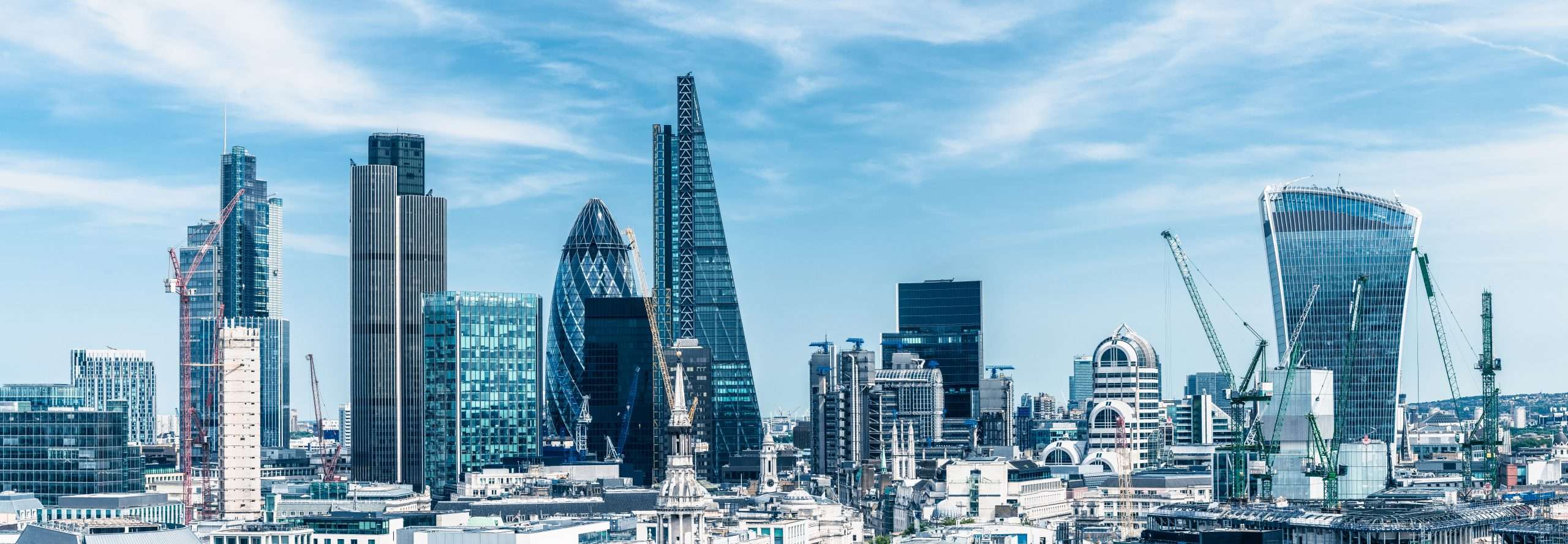Navigating the London Plan: Compliance Strategies from UK Building Compliance

The London Plan serves as a comprehensive blueprint for the sustainable development of England's capital. First introduced in 2004 and updated periodically, it outlines strategic policies to guide urban growth, emphasizing sustainability, resilience, and inclusivity. For developers and builders operating in London, aligning with the London Plan is not only a regulatory requirement but also a commitment to fostering a greener and more livable city. At UK Building Compliance, we specialize in assisting stakeholders to navigate the complexities of the London Plan, ensuring projects meet and exceed its stringent standards.
Understanding the London Plan
The London Plan is the statutory spatial development strategy for Greater London, encompassing a wide array of policies that address housing, transportation, economic development, and the environment. A central tenet of the plan is its focus on sustainability, encapsulated in the "be lean, be clean, be green" strategy. This approach aims to reduce carbon emissions by promoting energy efficiency, the use of clean energy, and the integration of green technologies and materials. Each borough within Greater London has the flexibility to interpret and implement the plan's policies, often adopting additional requirements to address local priorities. Therefore, developers must be well-versed in both the overarching mandates of the London Plan and the specific stipulations of the borough in which they are operating.
Key Compliance Areas
To successfully align with the London Plan, developers should focus on several critical areas:
1. Sustainable Design and Construction
The plan mandates that new developments incorporate sustainable design principles to minimize environmental impact. Key considerations include:
- Energy Efficiency: Implementing high-performance building envelopes, energy-efficient systems, and on-site renewable energy sources to reduce overall energy demand.
- Material Selection: Utilizing sustainable, low-impact, and locally sourced materials to decrease the carbon footprint associated with construction.
- Waste Management: Developing comprehensive waste management plans that prioritize recycling and the reduction of construction waste.
2. Climate Change Mitigation and Adaptation
Developers are required to assess and address climate risks, ensuring that buildings are both resilient to climate impacts and contribute to broader mitigation efforts. Strategies include:
- Carbon Reduction: Designing buildings that achieve significant reductions in greenhouse gas emissions, aiming for net-zero carbon performance where feasible.
- Flood Risk Management: Incorporating sustainable drainage systems (SuDS) and elevating critical infrastructure to mitigate flood risks.
- Overheating Prevention: Employing passive design measures, such as appropriate shading and natural ventilation, to prevent overheating in increasingly warm climates.
3. Sustainable Transport Integration
The London Plan encourages developments that reduce reliance on private vehicles, promoting sustainable transportation options. Compliance strategies involve:
- Public Transport Accessibility: Designing developments with easy access to public transport networks to encourage their use.
- Cycling and Walking Infrastructure: Providing safe and convenient facilities for cyclists and pedestrians, including secure bike storage and well-designed walkways.
- Electric Vehicle (EV) Support: Installing EV charging stations to facilitate the adoption of electric vehicles among residents and visitors.
4. Affordable Housing and Social Inclusivity
A cornerstone of the London Plan is the provision of affordable housing and the promotion of inclusive communities. Developers can contribute by:
- Affordable Housing Provision: Allocating a percentage of new residential units as affordable housing, in line with borough-specific targets.
- Accessible Design: Ensuring that buildings are accessible to all individuals, including those with disabilities, by adhering to inclusive design standards.
- Community Engagement: Involving local communities in the planning process to ensure developments meet local needs and foster a sense of ownership.
5. Green Infrastructure and Biodiversity Enhancement
The plan advocates for the integration of green infrastructure to support biodiversity and improve quality of life. Developers should consider:
- Urban Greening: Incorporating features such as green roofs, living walls, and communal gardens to enhance urban ecology.
- Biodiversity Net Gain: Implementing measures that result in a net positive impact on local biodiversity, such as creating habitats for native species.
- Open Space Provision: Designing accessible green spaces that offer recreational opportunities and promote well-being among residents.
How UK Building Compliance Can Assist
Navigating the multifaceted requirements of the London Plan can be challenging. UK Building Compliance offers a suite of services tailored to assist developers in achieving compliance:
- Energy and Sustainability Statements: We prepare detailed reports demonstrating how proposed developments meet energy efficiency and sustainability targets set by local planning authorities.
- SAP and SBEM Calculations: Our team conducts Standard Assessment Procedure (SAP) and Simplified Building Energy Model (SBEM) calculations to assess and enhance the energy performance of residential and commercial buildings, respectively.
- Water Efficiency Calculations: We provide assessments to ensure developments comply with water usage standards, promoting conservation and efficiency.
- Air Pressure and Sound Insulation Testing: Our testing services verify that buildings meet required standards for air tightness and acoustic performance, contributing to energy efficiency and occupant comfort.
Engaging with UK Building Compliance early in the planning process ensures that sustainability and compliance are seamlessly integrated into your development strategy, facilitating smoother approvals and contributing to London's sustainable future.
For comprehensive support in aligning your projects with the London Plan, contact UK Building Compliance today. Our expertise will guide you through the complexities of compliance, ensuring your developments are both responsible and resilient.
Share
